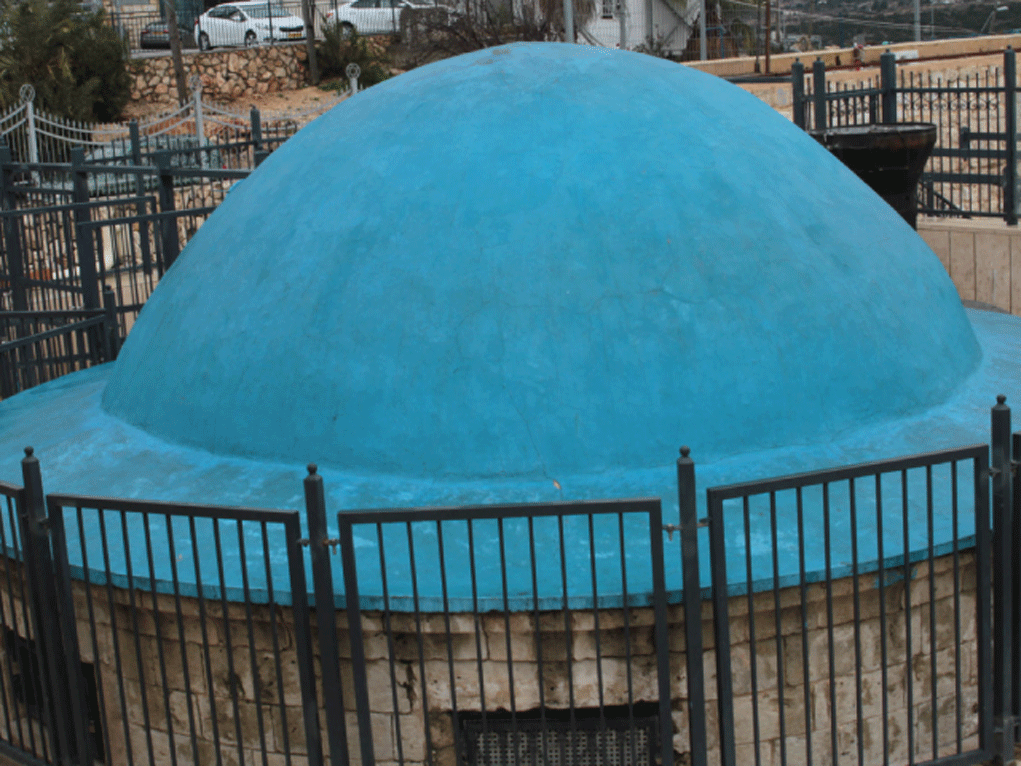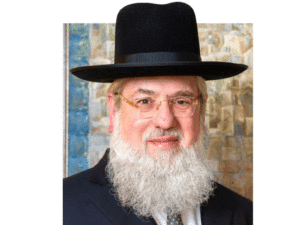I can only speak for myself. Having boruch Hashem had the zechus of meeting several gedolim of the previous generation, I know enough to know what I don’t know. I didn’t really understand Rav Moshe Feinstein, Rav Yaakov Kamenetsky, Rav Yaakov Yitzchok Ruderman, the Satmar Rebbe, and many others. Yes, I met them, but no, I didn’t know them.
From this I draw a kal vachomer. I certainly don’t begin to fathom the spiritual magnitude of those in the generations earlier, such the Vilna Gaon, the Baal Shem Tov, the Nodah B’Yehudah, etc. I’m in good company here, for the Brisker Rov once told Rav Elazar Menachem Man Shach that we cannot ever measure ourselves against anyone from the previous generation, let alone many generations earlier. To even contemplate a Rishon is impossible for me. I remember hearing Rav Avigdor Miller chastise someone for claiming to yearn for the return of someone like Yirmiyahu Hanovi. The great mashgiach admonished him in his inimitable tone, “If Yirmiyahu walked into the room, you’d be dead in an instant.”
So I have difficulty relating to a day devoted to a Tanna Eloki, such as Rabi Shimon Bar Yochai. Of the 2,245 statements of Rashbi in Shas, I can perhaps minimally understand a few. Of his teachings in the Zohar, I know nothing. This year, we sadly cannot even go to Meron to pay our respects and we must wonder what to do to connect with the great Tanna on his yahrtzeit. I have found a similar problem enunciated in seforim. They share the issue of why we have a day devoted to one Tanna, amongst the thousands, when his Torah would seem to on the most abstruse level of all.
Let us begin, then, with basics. The Shulchan Aruch (Orach Chaim 493:2) rules that “on Lag Ba’omer, we conduct ourselves with some joy because it was then that the talmidim of Rabi Akiva ceased dying.” However, the Pri Chodosh there is puzzled as to why this should result in joy. He points out that since they had already tragically passed away, where should the simcha come from?
Many answers have been given, but since I am having trouble relating, perhaps the Chida will provide an answer to the riddle (pun fully intended). He suggests that the joy of Lag Ba’omer comes from the amazing phenomenon of Rabi Akiva’s ability not to be meya’eish, not to give up hope. He had the largest yeshiva ever in the history of the world and taught them, as he taught us all, the importance of loving each other. And yet, all of them perished during this beautiful, holy time of the year. What a tragedy for us. What a calamity for him personally. But he started all over again, reviving the Torah with five new talmidim, one of whom was Rabi Shimon Bar Yochai.
Coincidence? Hardly. Just as Rabi Akiva lost all, so did Rabi Shimon need to hide in a cave for an incredibly difficult 13 years, because he was teaching the forbidden Torah. However, instead of despair or a diminution of his incredible madreigah, he, together with his son Rav Eliezer, produced the master Kabbalistic work known as the Zohar. But even more, whereas Moshe Rabbeinu’s death is considered a fast day, at least for members of the chevra kadisha, and a sad day because many halachos were forgotten, Rabi Shimon’s yahrtzeit, Lag Ba’omer, is a day of joy. We might suggest, with some trepidation, that although Rabi Akiva originally taught the middah of not being meya’eish, his talmid Rabi Shimon taught how to face adversity with simcha as well. He asked that his death be celebrated with joy, and it has indeed remained so even in the face of further tragedy and contention.
Thus, while the beginning of Sefiras Ha’omer represents mourning over the lost Torah of the 24,000 talmidim, Lag Ba’omer represents the renewal and even elevation and light of Rabi Shimon’s Torah until the very last day of his life, when he presented the Idra Rabbah to his talmidim. I don’t have to understand either the Idra or the Zohar itself to appreciate Rabi Shimon’s gift. Whenever we are down or feeling that events have taken away our abilities, talents, love of learning or hope for the future, all we need to do is think of Rabi Akiva and Rabi Shimon.
With this in mind, we might begin to understand a cryptic passage in the Gemara. Chazal (Brachos 9a) teach that Rabi Shimon is worthy of being relied upon b’shaas hadechak, which is often translated literally as “worse comes to worse.” This is what is often referred to in halacha as bedieved, a sort of last resort. However, it has also been interpreted on the positive side. It means that when one is in trouble or facing darkness, it is Rabi Shimon’s light that can guide him back to safety, sanity and even joy. For this, we don’t even have to learn Zohar or understand its words. We just have to absorb the spiritual strength, courage and bitachon of rebbi and talmid, Rabi Akiva and Rabi Shimon. Each in their own ways demonstrates to us how to get out of the quicksand and emerge onto solid ground.
The other bit of good news this year is that even though we currently cannot go Meron, Rabi Shimon comes to us. It is known that Rav Yosef Shalom Elyashiv never, in his more than hundred years, went to Meron. He used to say, “I meet Rashbi every day in the Gemara.” Rav Chaim Shmulevitz did travel to Meron once, but could not bring himself to enter. He declared, in ominous tones, “Whoever understands what it means to be a Tanna should not enter.” He, too, announced, “Let us meet him in the Gemara.”
But perhaps we can go even further back to understand an even more profound lesson from Rabi Shimon. In the famous pizmon that we sing in his honor, it says, “Naaseh adam ne’emar baavurecha,” literally meaning that Hashem’s statement creating man was said about Rabi Shimon. The Bais Yisroel of Gur used to utter this timeless phrase to bless a childless couple with offspring. However, we may suggest that Rabi Shimon, like Adam Harishon himself, overcame incredible adversity to become great. Chazal (Sanhedrin 38b) describe various spiritual struggles and tests. Although we know that he sinned and was diminished, nevertheless, we are also aware that he returned to greatness, being called a chossid gadol even after his fall (see Eruvin 13b). As we saw, Rabi Shimon taught how to emerge from the cave stronger than ever, even creating a new light and eternal joy in the process.
Let us indeed visit both Rabi Akiva and Rabi Shimon in the Mishnah and the Gemara. May we soon be able to return to Meron in person. But most importantly, let us learn from these giants not to give up, give in or despair. May their light lead to the ohr chodosh b’Tzion b’meheirah b’yomeinu.







